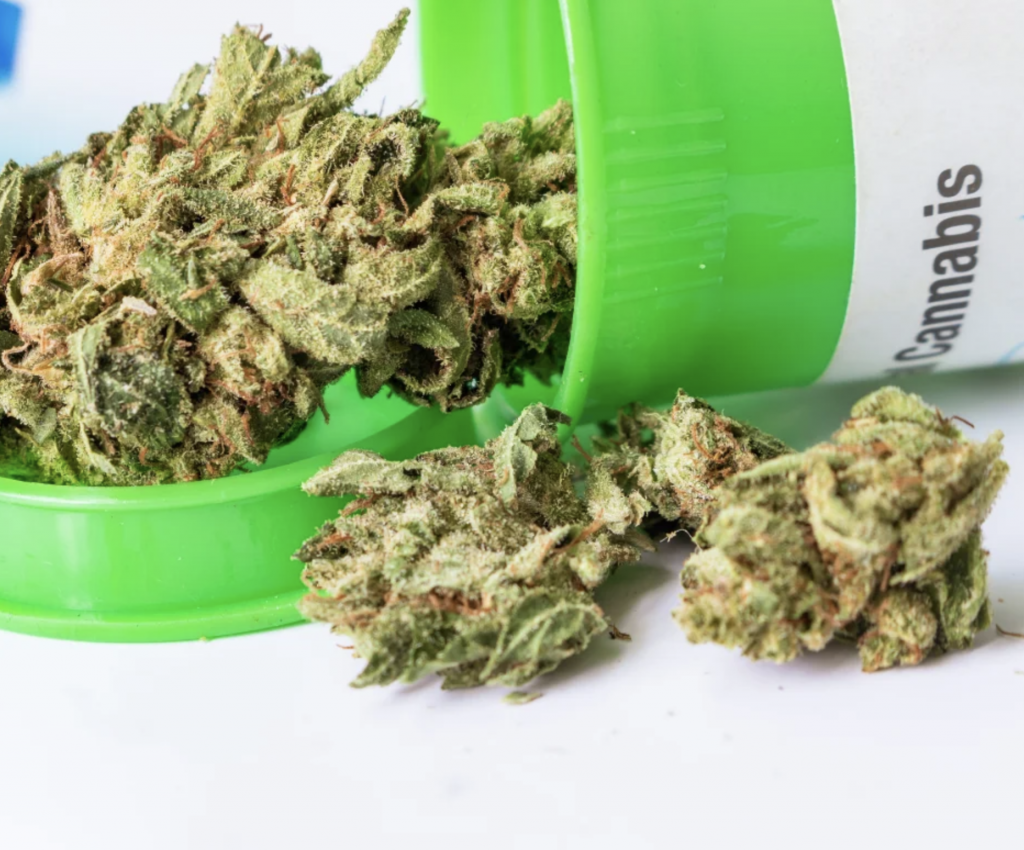
As the medical cannabis community has grown from an upstart industry to a multi-billion dollar juggernaut over the past two decades or so, it’s probably fair to say that cannabis use has gone mainstream in the meantime. That means that more people are using and trying cannabis for the first time, which can obviously lead to serious confusion, especially among newbies. After all, an industry projected to be worth as much as $41 billion by 2025 is bound to attract first-time users.
A whole lot of those first-time users are folks who have gotten their medical cannabis card for the first time! We here at FadeMD are about connecting patients looking to get their cards to certified, licensed cannabis doctors digitally. After all, more than 5 million patients have cards in more than 30 states. Why not become one yourself?
Getting a card quickly and easily with FadeMD is only the first step to picking up some products of your ownWith that in mind, we know how confusing it can be to walk into a medical dispensary for the first time after getting your card. There’s a lot to figure out. How do you know which products are right for you and your condition? How do you know which cannabinoids to prioritize or avoid based on what you’re trying to treat? If you’re opting for flowers, should you grab an indica, a sativa, or a well-balanced hybrid? No matter how you slice it, heading to the medical dispensary for the first time can be a disorienting experience, to say the least.
Thankfully, we’ve got your back here at FadeMD! This article is going to break down how and why it’s vital to understand how to read the product labels on your medical cannabis products. Not only will understanding how to read labels help you answer all of the questions we just posed above, but it will help you dose accurately and save your hard-earned money in the process.
So with that in mind, let’s get right into it!
Why Labels Are Important
While product labels might not be the first thing that comes to mind for a consumer in order of importance, they actually are pretty high up on that list. Take packaged foods, for example. While you might just think of the packaging as the outside wrapper that keeps outside germs off your sandwich or candy bar, that package actually holds a lot of information.
Stuff like the manufacturers, where that food came from and what’s in it, an expiration or sell-by date for freshness and quality, and any health warning that food/product might have. The exact same principle applies to legal cannabis products. And for medical patients, all of that information is incredibly important.
Based on what’s in each medical cannabis product, you can determine if that product is right for treating your variety of symptoms. Without at least a cursory understanding of what substances, keywords, and important numbers/labels to look for on your medical cannabis products, it’s basically guesswork on if a product will actually do what you need it to do.
So with that in mind, we’re going to break down a few of the most important aspects of a medical cannabis product label to consider when picking the right medication for yourself!

Learn the Basics of Medical Cannabis Product Labels
Due to the patchwork state-by-state nature of our cannabis laws here in the U.S., there are different specific laws across each state. So when it comes to reading packaging, here are a few key universal label aspects to keep in mind before spending your hard-earned money at the dispensary.
1. Strain Type
First things first, let’s talk about one of the most important and basic elements of medical cannabis.
There are three main sub-categories to consider here: Sativas, Indicas, and Hybrids. While this isn’t always the case, especially as medical cannabis products get more and more advanced and growers get more sophisticated in their methods, the basic idea of each strain type can be summed up in about a sentence each.
Sativas are typically bred to be energizing, uplifting strains, providing users with an upbeat, high-energy experience. Indicas, on the other hand, are often touted for their sedative effects, leaving users feeling relaxed and couch-locked searching out the munchies. With hybrids, users typically get a little bit of both sides of the indica vs sativa coin. Think of a hybrid as getting the best of both worlds, leaning one way or another based on whether that hybrid is sativa or indica dominant.
2. Check those Cannabinoids
Once your sort out which type of strain you’re looking for, the next factor you’ll need to consider is what type of cannabinoid profile you need to manage your symptoms. The two major cannabinoids to keep in mind are THC and CBD, and even more specifically, the ratio between them.
Since THC is often highly regarded for its painkilling abilities and CBD for its anti-inflammatory and anxiety-reducing effects, these two major cannabinoids go together quite well. It’s really just a matter of which ratio you’ll need for your specific condition.
A higher ratio of THC, for example, a 2:1 ratio, would be best for someone dealing with issues like insomnia, nausea, and appetite loss, while a more balanced 1:1 type strain would be best for issues like arthritis, muscle soreness, and cramps, or neuropathy.
By checking that cannabinoid profile and understanding the ways that ratio can affect you, it’s easier to make better decisions about your medication.
3. Terpene Profile
Just like the cannabinoids, terpene profiles matter when it comes to how those products affect the user. We think it’s most helpful to think of terpenes are spices in a recipe. Sure, you can make the recipe without salt, pepper, or whatever other spices you like and still get a somewhat enjoyable end product, but adding spices just makes it better.
Terpenes add both layers of flavor and aroma to the cannabis itself, but also have added anxiety-reducing, pain-numbing, and therapeutic benefits. While some of the most commonly utilized terpenes are stuff like limonene and pinene, there are more than 200 different terpenes that can both pair with and add different effects to your cannabis.
Knowing and understanding which ones do what will be helpful when checking those product labels!
Disclaimer: The information, including but not limited to, text, graphics, images and other material contained in this article is for informational purposes only. No material from this article is intended to be a substitute for professional medical advice, diagnosis, or treatment. Always seek the advice of your physician or other qualified health care provider with any questions you may have regarding a medical condition or treatment before undertaking a new health care regimen. Never disregard professional medical advice or delay in seeking it because of something you have read on this website.
